My question's subject is the SMPS(PWM) AC/DC converter design used for chargers.
There may be more ways to make what I'm speaking about, so I'll try to narrow the list down.
The circuit works using a current mode PWM controller, SDC606.
It uses a flyback transformer. This is the charger:

By taking a look at the datasheet's controller I found out the circuit is different than a smoothed rectifier with the output connected to a buck converter. The typical application of the IC shows connections to a transformer winding and to an optcoupler.
After measuring the output DC voltage of the charger, I decided to do the same by setting the dial of the DMM to VAC. The display showed 2V,then the valued changed to 0V, then it changed again to 2V and so on. The time period was approximately 1s. This resembled a square wave.
How does this kind of topology, the one used for this charger, work using PWM?